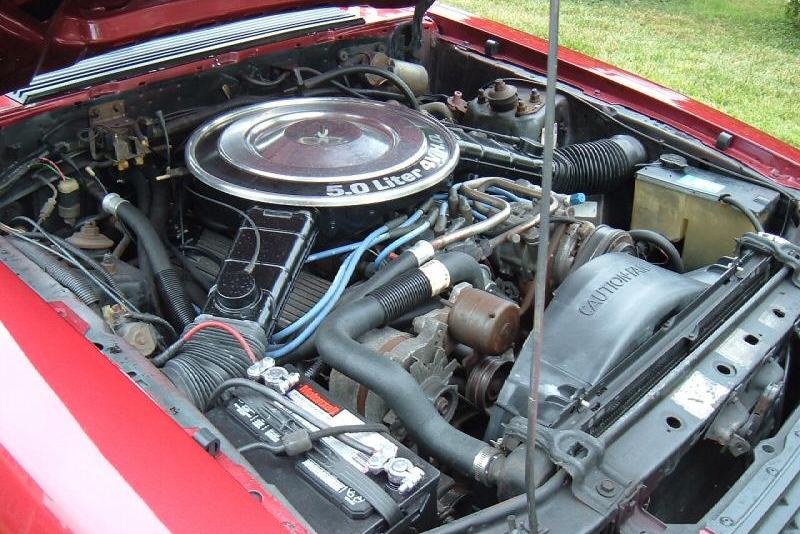1984 Mustang Engine Information – 302 cubic inch V-8 (5.0 L Windsor V8)
The “5.0L” Ford Small Block V8
The 302 cubic inch engine was introduced in 1968 to the Mustang. Although it is a derivative of the 289 mustang, some parts are not interchangeable. In fact the block of a 289 cannot be used without some machining. Since the 302 crankshaft is larger, it requires a notched out section in the engine sidewall to allow the connecting rod end bolts to pass. If you are unsure of the parts you are using to build an engine, check tolerances carefully.
Both the engines are 90 degree V8’s. Both are built well and will run forever if you treat them right. I have put well over 500,000 miles on a 302 with minor problems and good maintenance. I have also owned a 1965, 1966 and 1967, 289 CID engine. They all pull strong and have lasted. Good maintenance as with everything is the key.
No Subscription? You’re missing out
Get immediate ad-free access to all our premium content.
Get Started



